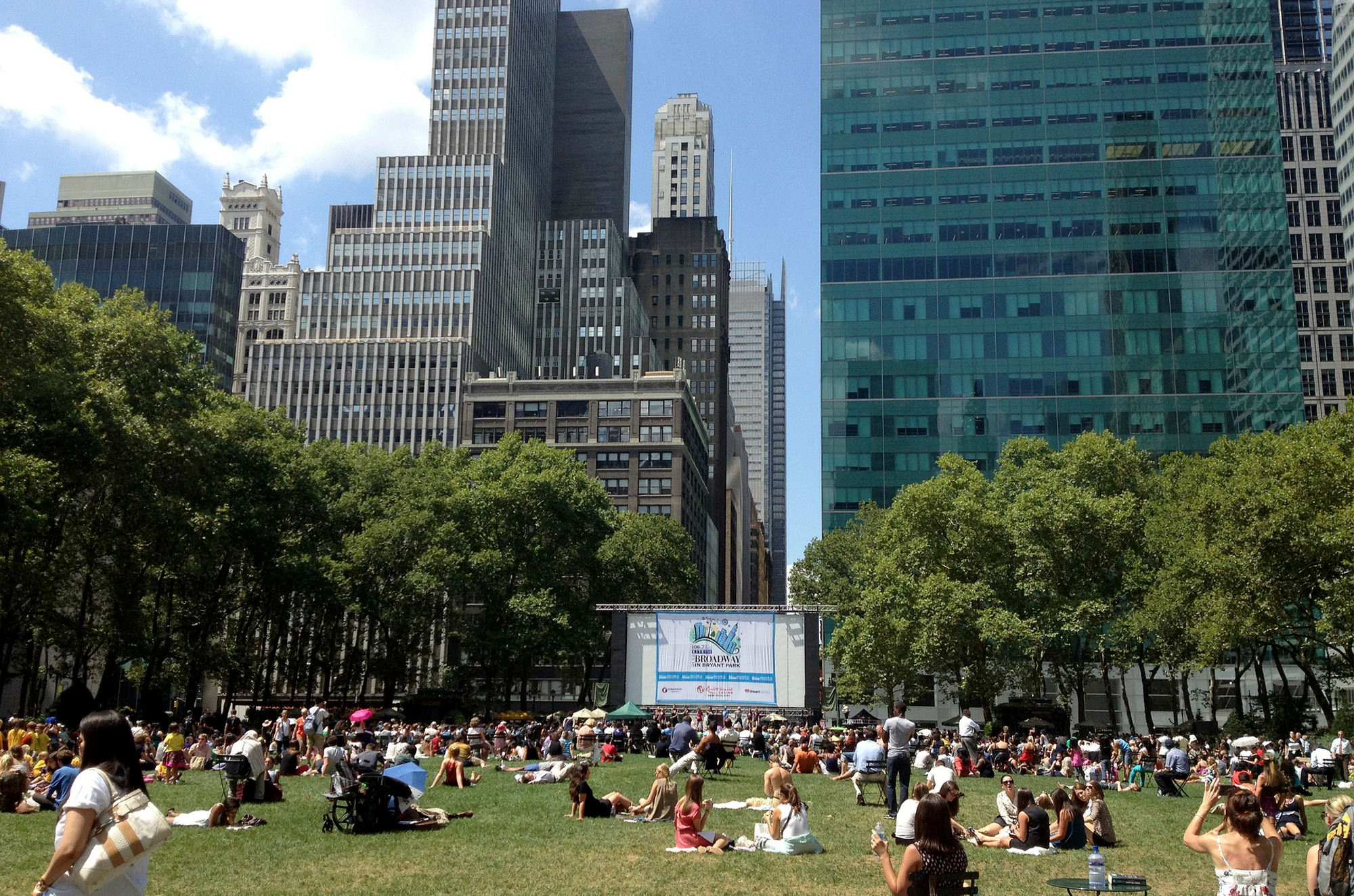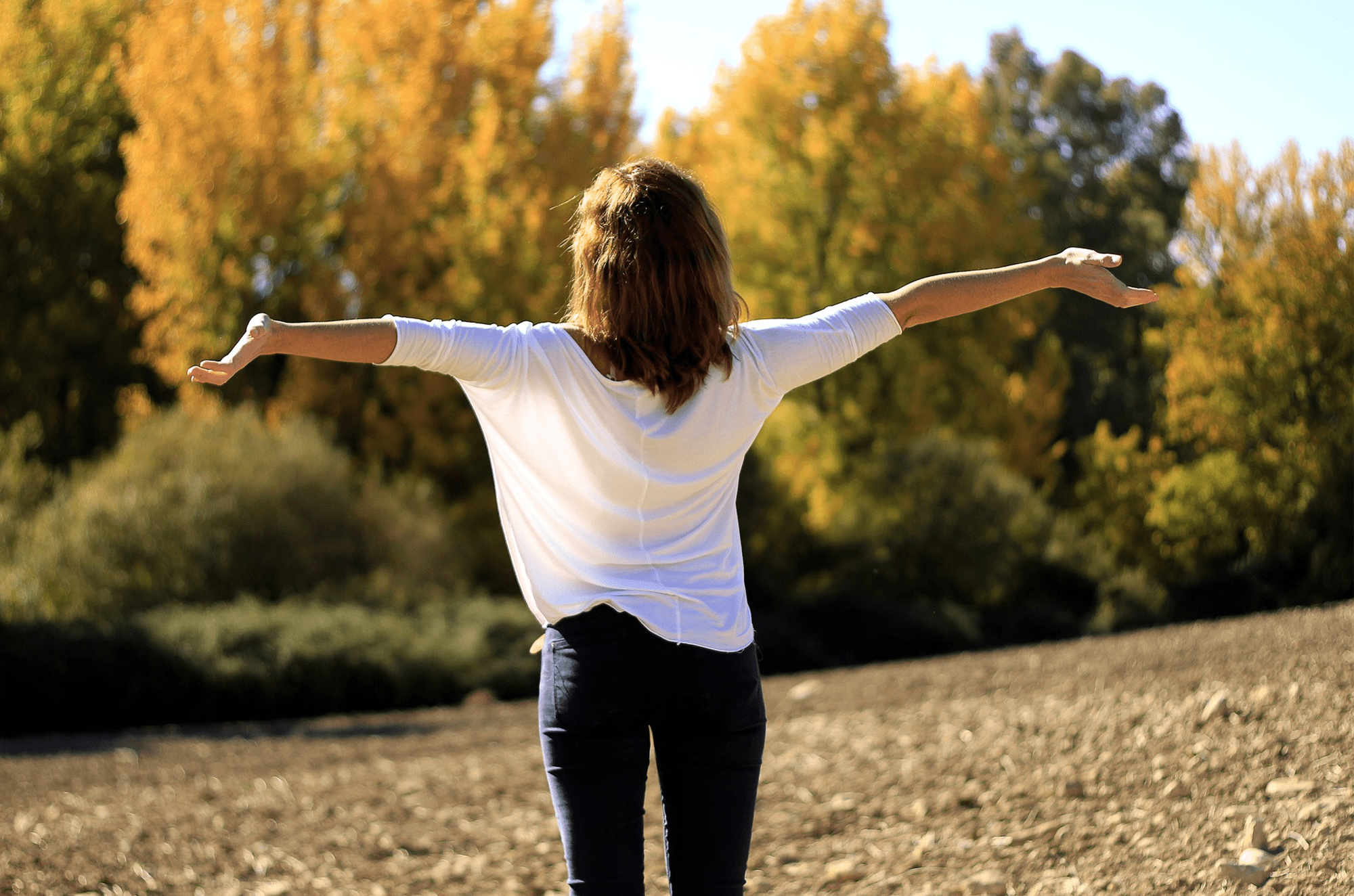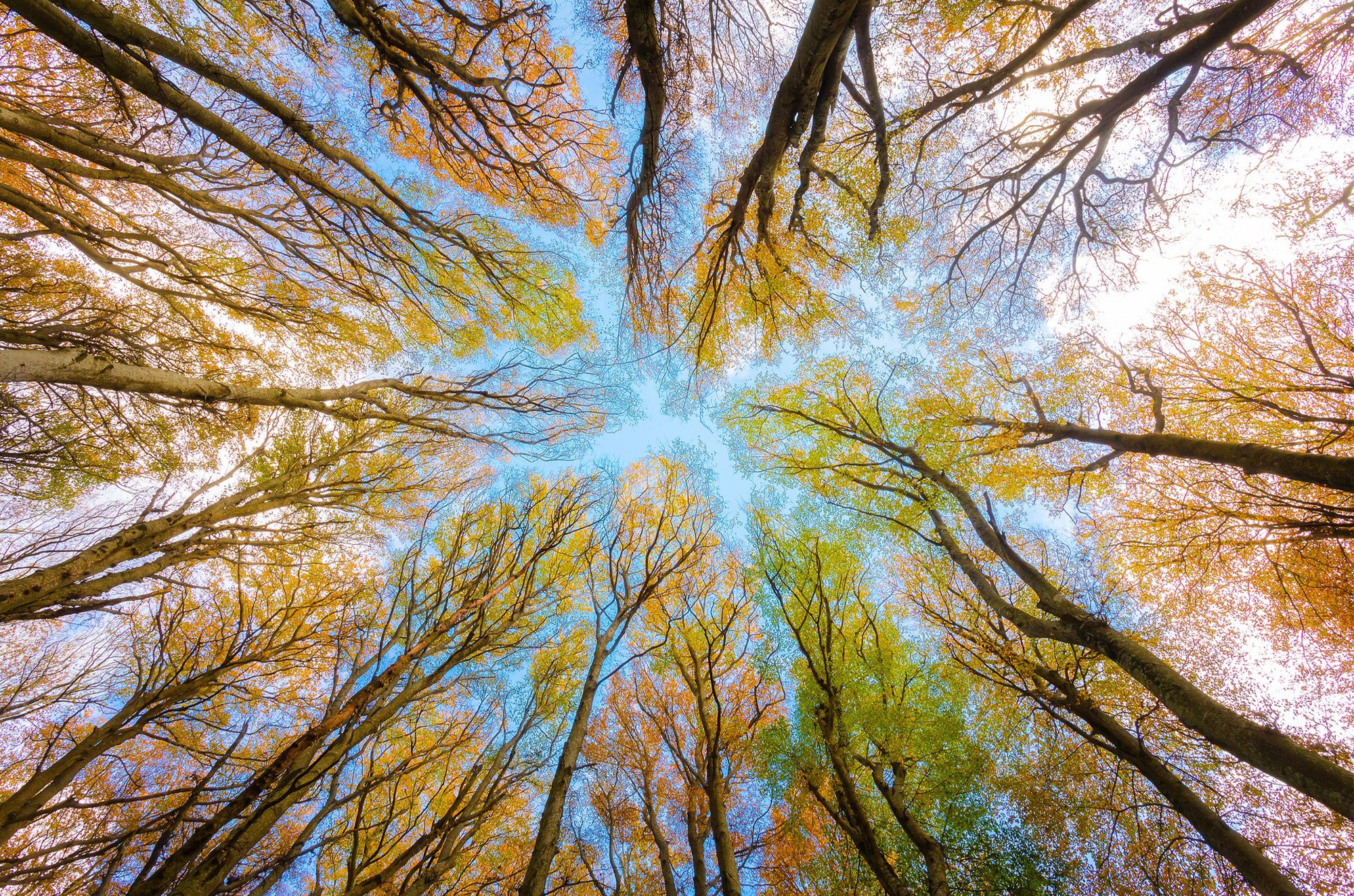How Greenspaces Make a Community Happier and Healthier
By Maria DeKoning
For many of us, all we need to put a smile on our face is nice weather and a breath of fresh air. We are all very aware of why too. Whether we are taking a short walk or run, reading on a bench, or even just enjoying our lunch break at a picnic table, being outside makes us feel grounded. But did you know that these little moments of bliss squeezed in throughout the day have more of an impact on us than just making us smile?
Even though we may not all be outdoorsy people, it is in our DNA to spend some time outside each day. With many of us spending most weekdays in the office from the early morning to the evening time, we often find it difficult to make time to let the sun rays hit our skin.
Based on a study done in 2016, the average American spends 87% percent of their time inside a building, 6% of their time sitting in a vehicle, and only 7% of their time outside. Besides the basic need for Vitamin D in our bodies, a walk outside in fresh air is known to have mental health benefits by reducing stress and extracting us from the hubbub of our day-to-day lives. No matter where you live, everyone is entitled to fresh air and a healthy space to feel connected with nature.
What are Green Spaces?
Green spaces, or open spaces, are areas designated in urban places for the growth of vegetation. These areas are mostly parks and community gardens, but green roofs, cemeteries, and common land are also included. Green spaces play an essential role in urban ecosystems because they provide a place for physical activity, community events, and relaxation.
The Importance of Fresh Air

Human beings receive health benefits from breathing in fresh air. Being outside for a short period of time each day is proven to improve both the mental and physical health of an individual. Based on a study in 2019, depending on the size and uses in a given greenspace, time outside is proven to decrease the risk of Type II diabetes, cardiovascular disease, and adverse pregnancy outcomes.
Green spaces also help promote healthy community life. When we participate in events, festivals, and fairs we begin to feel the benefits of social cohesion. Social cohesion is the connection that people feel towards their community.
Vitamin D Deficiency
One of the most obvious benefits of going outside is that it increases your Vitamin D levels. Vitamin D deficiency is known to cause symptoms such as fatigue, mood changes, bone pain, and muscle weakness. Long-term deficiency can even increase your chances of certain conditions or diseases. The list of possible diseases Vitamin D deficiency may lead to are as follows:
- Respiratory Illnesses- A study has analyzed the effects of Vitamin D supplements on respiratory diseases such as pneumonia, bronchitis, and sinusitis. After the 25 different clinical trials, it was shown that 12 percent of the people in the study were less likely to develop a respiratory illness.
- Depression and other mental illnesses- Since Vitamin D is known as the “sunshine vitamin” it is not surprising that people lacking Vitamin D are known to experience mental health issues such as “seasonal affective disorder (SAD).”
- Osteoporosis- One of the main benefits of Vitamin D on the body is associated with skeletal health. When Vitamin D is low in the body the number of calcium stores in the bones decreases leading to more fragile bones
Environmental Benefits

There are many environmental benefits to creating green spaces within communities. Green spaces that have water features help regulate the temperatures of urban environments by keeping them cool and mitigating the urban heat island effect (UHI) caused by impervious surfaces trapping solar radiation. Without natural green areas, the UHI can increase the urban temperature by up to 12 degrees, making heat waves and summers harder for city residents and dwellers. Urban green spaces are also known to reduce air pollution and provide a habitat for diverse species.
Trees planted in urban spaces can help reduce carbon dioxide in the air and also provide shade on sunny days to reduce the demand for air conditioning. Trees help increase carbon sequestration to a minor extent. When the demand for air conditioning is reduced, there is less stress on the PowerGrid during times of high demand and less of a chance for a power outage
Greenspaces can also aid in the reduction of flooding during heavy rainstorms. Areas with lots of hard impenetrable pavement are more susceptible to flooding because most of the stormwater runoff into nearby water bodies, causing their levels to rise and to flood the streets and nearby buildings. Greenspaces allow for water to soak into the ground, reducing runoff and increasing water retention.
Brownfield Redevelopment and Programs
One of the best ways to create a new green space in an area is to redevelop an abandoned lot. Brownfields are previously developed urban sites that are no longer in use and have the potential for redevelopment. These sites are typically suspected or confirmed to contain a certain amount of environmental contamination such as underground storage tanks, spillages, asbestos, or heavy metals. Once decontaminated, a brownfield can be transformed into an area that benefits the community and helps clean up cities.
Transforming brownfields into green spaces helps the community evolve and become more sustainable. Redeveloping an old lot takes the pressure off of developing untouched land that could be expensive to develop and could interfere with nearby ecosystems. Not all brownfields are turned into greenspaces though, many are transformed into new residential buildings, shopping centers, or office buildings. Even though the most environmentally smart move would be to create more open land in inner urban areas, the possibilities are endless
Turning a contaminated industrial site into a park protects public health and the environment. Currently, the EPA awards grants to those looking to support brownfield development through the Brownfields Utilization, Investment, and Local Development Act (BUILD). The grants are meant to support brownfield development, fund environmental assessment, cleanup, and job training. More can be learned about the grant process here.
Galli Engineering’s Role in Brownfield Remediation

Left untouched, Brownfields pose environmental, legal, and financial burdens on a community and its taxpayers. However, after cleanup, the value of these sites can be restored and become powerful engines for economic vitality, jobs, and community pride.
The professionals at Galli Engineering perform services to remediate Brownfields. The complexity of these sites requires a team of experienced environmental engineers to execute these projects. Various governmental agencies offer incentives in the form of grants, tax credits, and liability protection to parties willing to rejuvenate these unused properties.
Galli Engineering’s ability to integrate all elements of Brownfield redevelopment from site investigation through regulatory compliance, remediation, and the design of engineered construction elements ensures a well-managed and efficient solution. Several Galli employees have been certified under the NYC Mayor's Office of Environmental Remediation as Environmental Industry Professionals under the NYC VCP and Brownfield Incentive Grant Programs. If you are interested in learning more about brownfield redevelopment, give us a call at 631-271-9292 or visit our recent blog post that reviews everything you need to know about brownfields.




